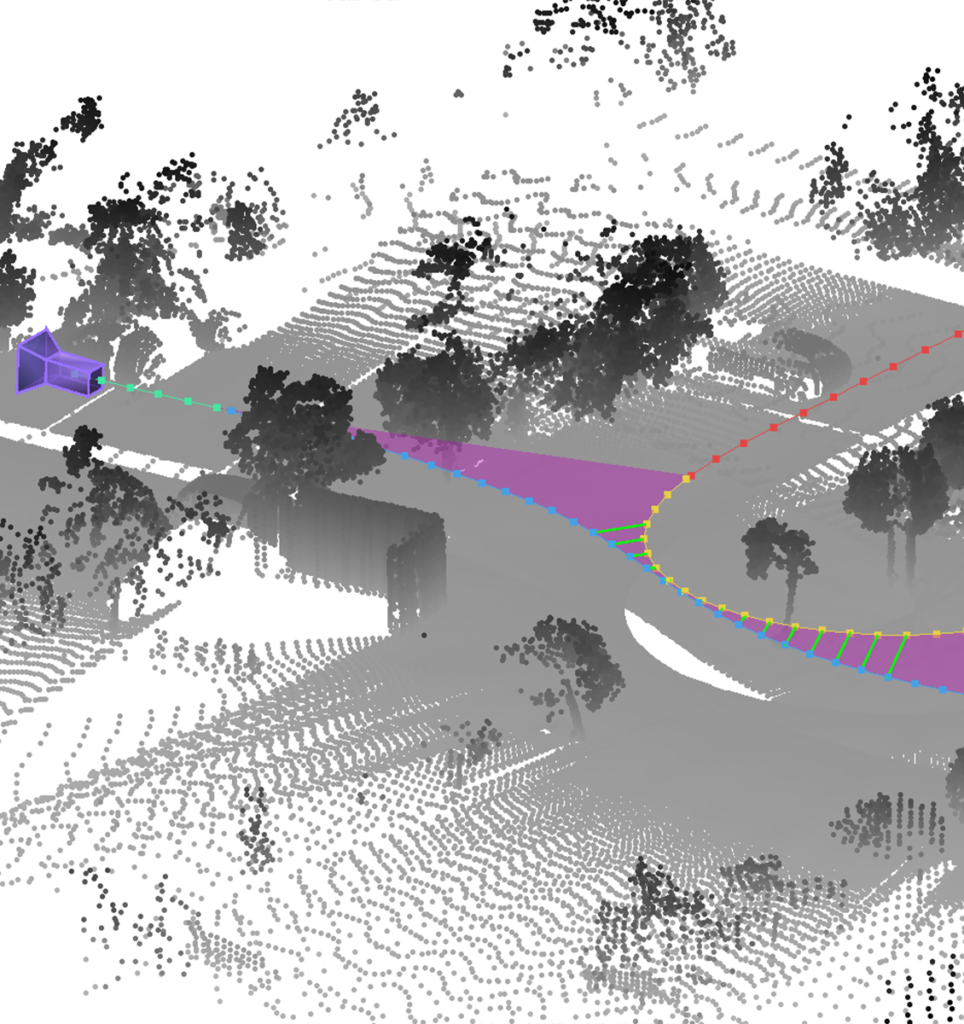
A conditio sine qua non for any mobile robotic platform refers to its ability to navigate in an unknown area. To that end, incremental structure-from-motion techniques have been implemented in real-time formulating the problem of Simultaneous-Localization-and-Mapping (SLAM). A standard visual-SLAM architecture utilizes optical sensors as primary information mechanisms. Due to its demanding nature and highly received attention, the problem of SLAM has provoked thought for many individual challenges. One of the most important tools which improve the output of such an architecture is visual Place Recognition (vPR). In the typical case, the localization engine of a SLAM system is capable of estimating the relative transformation between a few close-in-time poses, while there is not any inherited mechanism to associate the currently acquired measurements with the ones obtained in the past. Thus, in conjunction with the main SLAM functionality, vPR systems are employed in order to identify revisited regions of the executed trajectory and provide supplementary information regarding the measurements’ arrangement in the 3D space in order to improve the output.
The motivation behind our research has been the prospect to take full advantage of the above notion and construct a vPR scheme with a hierarchical information architecture in order to identify visual similarities between the received camera measurements.
Thus, our methods are based on local keypoints (since they are widely used in SLAM) and their efficient Bag-of-Visual-Words (BoVW) representation, which is treated as the fundamental building blocks for the rest of our system. This mechanism is gradually extended to more complex entities capable of characterizing the total of trajectory regions using a single vector and providing geometry information to the images’ description. The developed vPR approaches are fully applicable on any mobile robotic platform while complying with the requirements of a state-of-the-art SLAM architecture and the computational limitations of a modern low-power-consuming hardware unit.